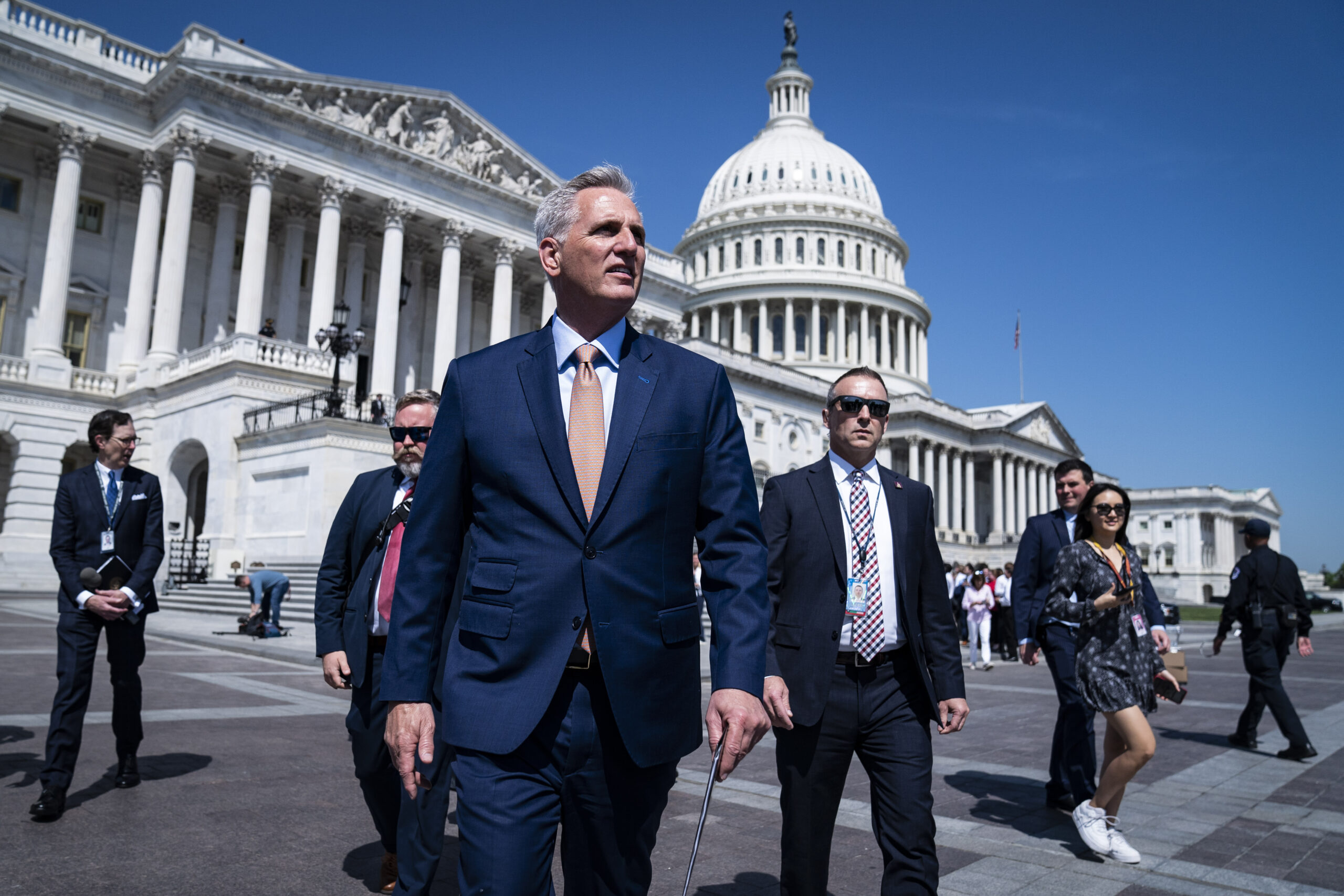Furloughs and stopped paychecks for hundreds of thousands of government workers and contractors will be the most noticeable effect right away. If a shutdown lasts only a few weeks, analysts do not anticipate significant rippling effects across the American economy, but the longer the federal government is shut down, the greater the likelihood of wider consequences.
The most recent one, which lasted 34 days in the winter of 2018–19, caused a spending delay of at least $18 billion. Once the government reopened, the expenditure was restarted. The Congressional Budget Office, an independent organisation, concluded that $3 billion of the shutdown’s $11 billion in costs was permanently lost.
According to the CBO, the 2018–19 closure hindered U.S. economic development and caused a loss of 0.2% or $8 billion in real gross domestic product. This time, a shutdown may end up costing more than $1 billion every week, according to the Bipartisan Policy Centre think tank.
Although uncertainty normally makes investors uneasy, previous shutdowns haven’t really affected markets much. Investors have mostly refrained from trying to make trading decisions based on news coming out of Washington because of expectations that the federal government will soon reopen.
Financial services company Stifel’s Brian Gardner, who monitors governmental policymaking, recently observed that markets increased during the previous two shutdowns. The S&P 500 increased by roughly 10% over the 2018–2019 closure. And the market increased by around 3% during the 2013 closure before that.
A government shutdown probably won’t affect the financial markets; other issues will, Gardner wrote.
On September 20, Chairman of the Federal Reserve Jerome Powell stated that a government shutdown “hasn’t traditionally had much of a macroeconomic effect.” However, the Fed is a data-driven organisation, and it mainly relies on government reports to decide how to set interest rates. As the central bank is trying to lower inflation by raising borrowing costs, it might be a danger element.
More economic statistics on everything from price increases to unemployment are not processed and issued on time the longer a government shutdown lasts.
For instance, the Bureau of Labour Statistics will release its next national jobs report on October 6. Prior to making its next interest rate decision in November, the Fed may be operating at least largely in the dark without access to crucial measures regarding the state and trajectory of the U.S. economy.
The government would be compelled to shut down any federal agencies and programmes that are not supported by existing funding and are deemed not to be essential if Congress is unable to pass a budget package. But depending on whether the government shuts down completely or just partially, the number of employees who would be impacted by those closures can change. The United States is currently on course for a complete shutdown.
More federal employees will be able to continue reporting to work and receiving pay during a partial shutdown because several agencies and departments that have gotten full-year funding elsewhere can continue to function. A bigger portion of the nation’s more than 2.2 million government workers, which includes military members, would miss paychecks in the event of a complete closure.
For instance, non-essential operations at the Departments of Defence and Energy continued largely unaffected during the 2018–19 partial shutdown since they were funded by an earlier bill. In contrast, all departments and agencies financed by annual appropriations were impacted by the 16-day full closure in 2013.
According to CBO projections, in the more recent of the two, around 300,000 government employees (or 38% of those at unfunded agencies) were furloughed, whereas 850,000 workers were furloughed in 2013.
Even vital personnel would have to labour without compensation during shutdowns. Back pay can only be paid out to working and furloughed federal employees when the shutdown is over. Additionally, the possibility of being unpaid for an extended period of time may influence many households’ purchasing choices this autumn, as student loan repayments start up, holiday buying selections and inflation remain high.
The funds necessary to maintain programmes like Social Security and Medicare would continue as essential services wouldn’t be disrupted.
However, a hit could come to other frequently utilised safety-net programmes. Changes at the Department of Health and Human Services, for instance, could prevent 10,000 low-income families from receiving child care through the Head Start programmes.
There may be roadblocks for non-essential government services as well. While it would be assumed that TSA agents and air traffic controllers would continue to work without pay, some may choose to walk off the job, as some did in previous shutdowns. If that occurs, airport security queues all throughout the nation would experience delays.
Just 10 air traffic controllers were absent during the 2018–19 shutdown, which apparently led to brief hiccups at important airports in New Jersey, Philadelphia, and Atlanta. A shutdown, according to the industry group U.S. Travel Association, could cost the industry as much as $140 million each day.

